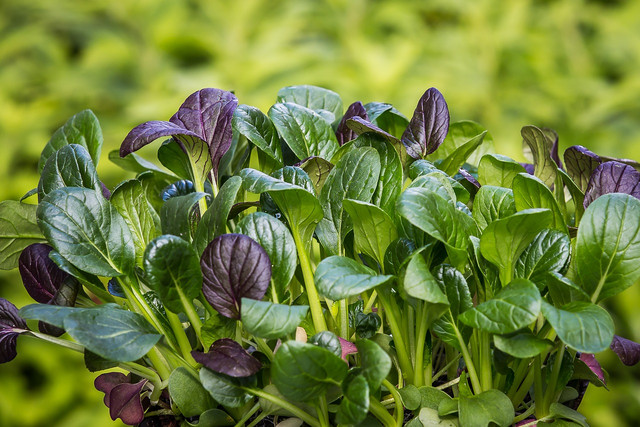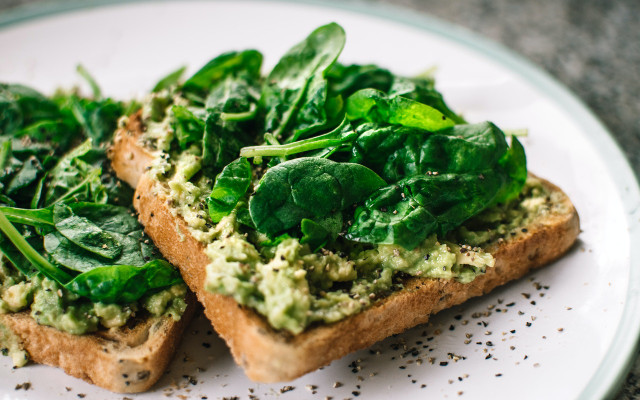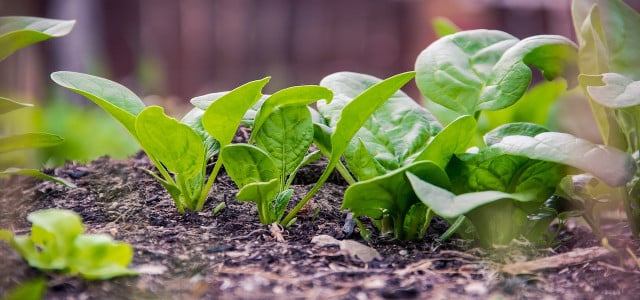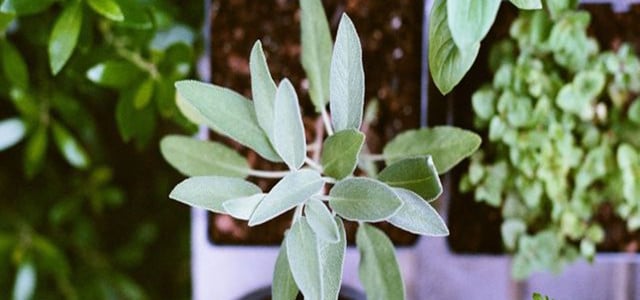Growing spinach is easy and can be just as successful on the balcony as it is in the garden. This guide will explain how to plant spinach, when to harvest it, and give you a few tips on how to use it!
Spinach is an annual leafy green native to Persia (modern-day Iran), where it was originally thought to be a weed — with many people believing it was poisonous. It made its way to Europe in the 1400s as an edible leafy vegetable, and then traveled on to America by way of the settlers who began growing spinach on the East Coast.
Spinach is an incredibly vitamin- and mineral-rich vegetable, which is reason enough to plant it in your garden or on your balcony. Some of the most notable vitamins and minerals include:
- Folic Acid
- Beta-Carotene
- Vitamin C / Vitamin K
- Iron
- Zinc
- Potassium
Did You Know? Spinach actually delivers more nutrition cooked than when it’s raw!
Growing Spinach: The Preparation
Before you plant spinach, there are a few things to consider.
- Variety: There are about 50 different varieties of spinach, distinguishable by their differing leaf shape. Certain varieties are best planted in the spring, while others can tolerate sub-zero temperatures and can be harvested seemingly year-round.
- Location: Spinach needs plenty of light to thrive, but doesn’t do well in direct sun: it tends to shoot up or bolt in too much heat and flowers faster. Once the spinach has flowered, it takes on a very bitter taste and the leafy greens are no longer edible.
- Ground: The spinach’s thick roots reach about a foot deep into the ground, so if planting spinach in a pot, you should make sure that it is deep enough. Give each spinach plants at least 10 inches space from the next plant. The vegetable is a light feeder, so avoid growing spinach in soil that is very nutrient-rich — otherwise it will store nitrate which is harmful to health. The earth’s pH should be between 6.5 and 7.0.
- Companion Planting: This involves planting different plants that enhance each other’s growth or protect each other from pests. Eggplants, leeks, lettuce, peas, radish, and strawberries are great complementary vegetables when growing spinach. Avoid planting the vegetable alongside potatoes or beets.
- Crop Rotation: Due to the short cultivation period, spinach works well as a pre- or post-harvest crop. The roots remaining in the soil provide a good base for any subsequent vegetables. Don’t plant new spinach straight away, though. A cultivation break of three years is recommended.
How to Plant Spinach: Step-by-Step



Spinach typically grows well from seeds, if you follow a few guidelines. We recommend buying organic quality seeds so you can be sure they are not genetically modified and enjoy the diversity of the different varieties. Keep in mind that spinach seeds don’t store well, so you should buy new ones every year.
The best time to plant spinach is in spring or fall, as the vegetable thrives best in cool temperatures and humid climates. For a springtime harvest, sow the seeds between March and May. Consult the Farmer’s Almanac planting calendar for planting information regarding your specific location.
- Loosen the soil well and mix in some compost. The ideal time for sowing in autumn is the middle of August, if it’s a cool August. You can sow winter varieties between September and October.
- Sow the seeds a ½ inch deep and about two inches apart in beds or rows.
- Water the freshly planted seeds. Spinach needs between eight and ten days to germinate.
- If you want to plant spinach on your balcony, make sure the container is big enough. You can only harvest young leaves in standard balcony pots, because the roots need enough room to fully establish.
Tips for Growing Spinach
Spinach is fairly undemanding, making it very easy to care for.
- Since the leafy vegetables belong to the light feeder family, no fertilization is necessary.
- To ensure that spinach thrives, keep the soil moist — the leaves tend to dry out quickly otherwise.
- Till the soil regularly and remove weeds from the bed or container.
- To save water and prevent weeds from growing alongside your spinach, add a layer of mulch to your bed or container.
- If the temperatures reach above 80˚F, cover your crop with a shade cloth.
When to Harvest Spinach
Your spinach leaves are starting to look ready for harvesting? Then they probably are. We’ll show you when to harvest spinach — and what to look out for:
- After six to eight weeks you can slowly start to harvest the first young spinach leaves. They have a much milder taste than the more mature leaves.
- Picking leaves from the outer edges will be advantageous to your plant because it will extend the plant’s productivity.
- If you notice the plant shooting up, harvest the remaining leaves by using a sharp knife to cut the stem.
- Harvest spinach before the plant starts flowering, or else the leaves will take on a very bitter taste.



Storing and Processing Spinach
After harvesting spinach, it is best to keep it in the refrigerator. Wrap it in a damp cloth — this way, it’ll keep for about two to three days. You can eat your homegrown spinach raw or boil it. Or you can try one of the following recipe ideas:
- Add spinach to the mix when making homemade pesto.
- Toss a handful in your smoothie to give it an extra vitamin boost.
- Enjoy it in pasta dishes such as stuffed shells or lasagna.
- Make an easy spinach salad by combining it with sliced strawberries, toasted pecans, goat cheese and maple balsamic vinaigrette.
Growing and harvesting spinach is extremely rewarding. If you find that you’re harvesting more than you can eat, consider freezing your spinach.
This article was translated from German by Karen Stankiewicz. You can view the original here: Spinat pflanzen: Darauf solltest du achten
** Links to retailers marked with ** or underlined orange are partially partner links: If you buy here, you actively support Utopia.org, because we will receive a small part of the sales proceeds. More info.Do you like this post?








